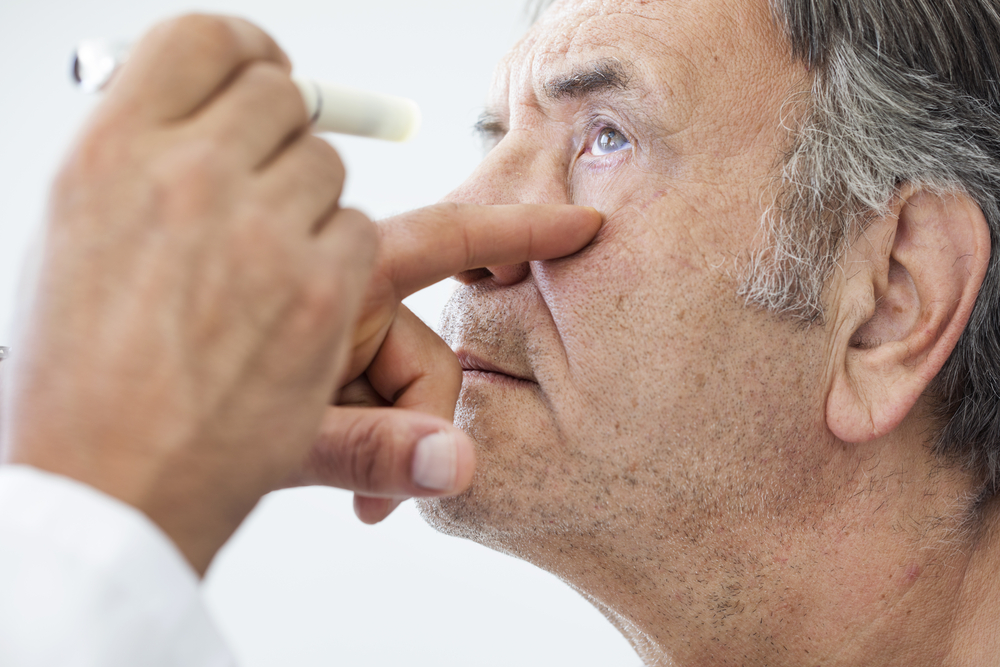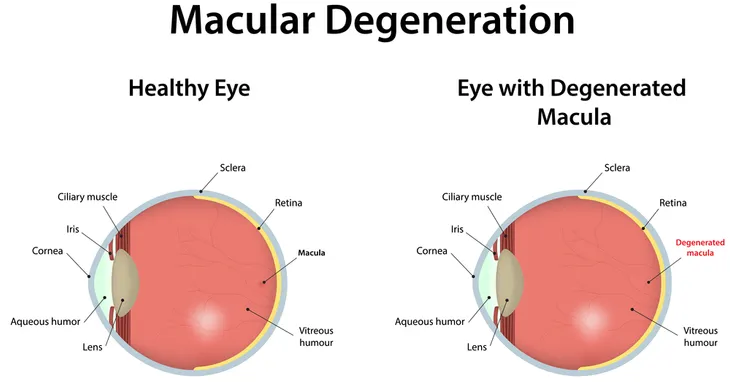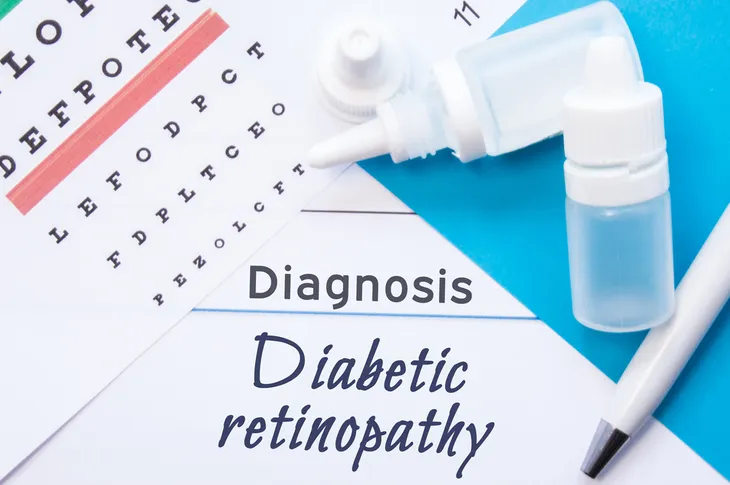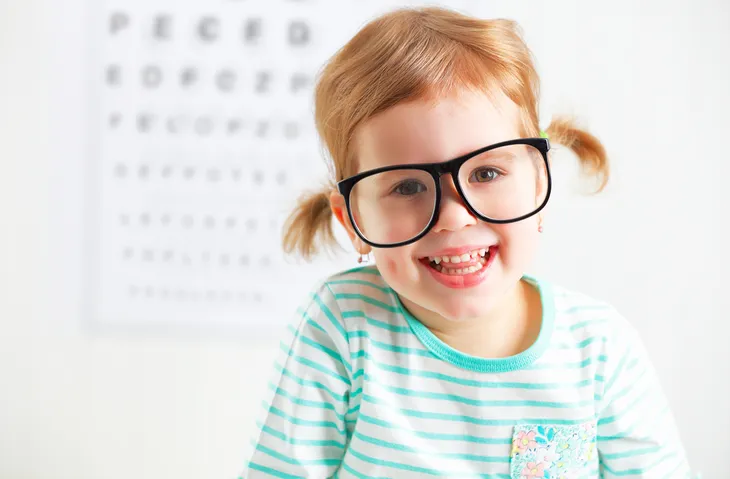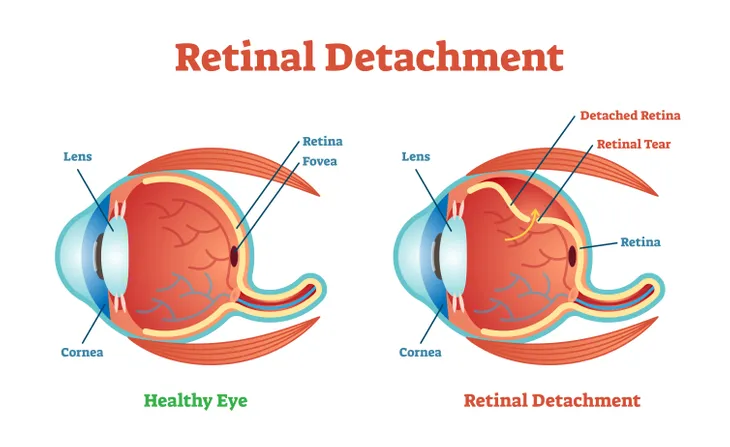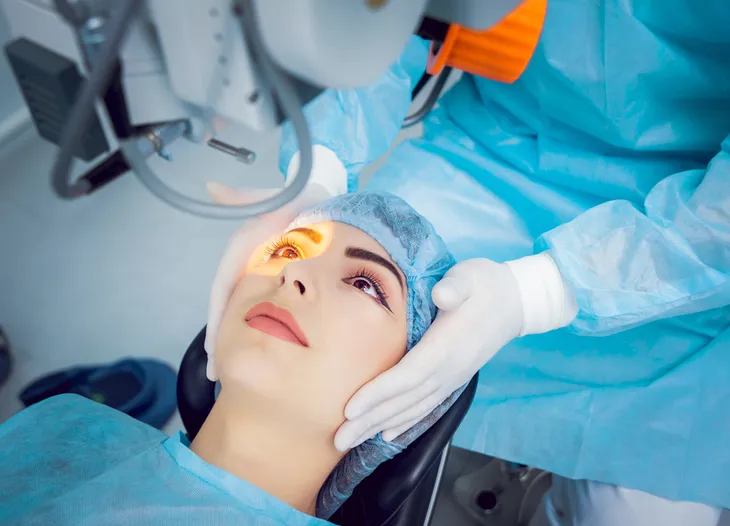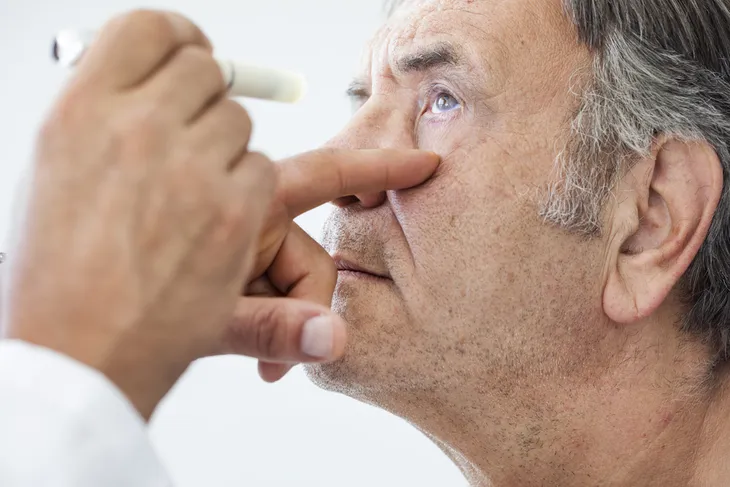Some of these low vision problems include partial sight, blurred vision, blind spots, night halos, tunnel vision, or partial or complete blindness. In some cases, these issues can be helped with glasses, contact lenses, laser eye surgery, or even various medications.
Unfortunately, not everyone can be helped through these measures. Those people whose visual impairment cannot be cured by glasses, contacts, surgery or pharmaceuticals are known to have “low vision”, which affects people of all age groups (though it is most common in older people). So, what causes low vision?
Macular Degeneration
Macular degeneration is an eye condition that directly targets the retina, or the part of the eye that detects light and helps images become focused and easier to recognize. When the retina begins to deteriorate through macular degeneration, the patient will suffer from blurred vision, making it difficult to read and identify objects. It may also cause a blind spot to develop.
Macular degeneration is often related to age, according to the National Eye Institute, though this isn’t always the case. There are two types of macular degeneration, including the “dry” and “wet” forms. With the dry form, vision loss comes on slower, giving the patient time to work with their doctor to halt its progress. But the wet form is more complicated; caused by the development of abnormal blood vessels beneath the macula, it comes on more rapidly and leads to more serious vision loss. To reduce your chance of developing either type of macular degeneration, avoid smoking and follow a healthy diet.
Diabetic Retinopathy
Diabetes is a devastating disease, whether it comes on around the time of birth (type 1) or later in life (type 2). In either case, it can have a hugely negative effect on various parts of the body, including the eyes. In some cases, diabetics face the development of diabetic retinopathy, which can cause daily changes to their vision.
According to Diabetes Canada, diabetic retinopathy is a problem because it causes the blood vessels which nourish the retina to leak, resulting in significant vision problems and, over time, causing long-term damage to the retina. Although its impact can be reduced through various surgical procedures, including some types of laser eye surgery, keeping a careful eye on blood sugar is the most important part of keeping diabetic retinopathy under control.
Retinitis Pigmentosa
When our vision starts to deteriorate, we often first notice the problem at night. Retinitis pigmentosa is a group of diseases that specifically involves the deterioration of vision at night. If left untreated, it can lead to side vision and even total vision loss.
Retinitis pigmentosa is typically passed down through the family. Unlike some other forms of vision loss, it comes on very slowly but can lead to complete blindness. It occurs when the retina, which detects light and helps focus in on images, is severely damaged, typically through gradual deterioration. Also unlike many other conditions causing low vision, retinitis pigmentosa often emerges early in life, perhaps during childhood or the teenage years.
Amblyopia
In most cases vision loss starts to take shape during the individual’s later years. For example, macular degeneration and diabetic retinopathy tend to emerge over time, taking shape in the individual’s middle age or later years and becoming progressively worse over a lengthy period.
This is not the case with amblyopia, according to the National Eye Institute, a condition that impacts the visual system during childhood. Unlike many other vision problems that emerge during a person’s early years, amblyopia can be difficult to correct through glasses, contact lenses or even surgery. The result can be blurry vision that lasts a lifetime.
Retinopathy of Prematurity
Better known as ROP, Boston Children’s Hospital explains that retinopathy of prematurity is visible in children who are born prematurely. ROP occurs when premature babies are placed in incubators where oxygen levels are particularly high. The problem typically emerges during this critical neonatal stage.
Technically, retinopathy of prematurity occurs because high oxygen levels lead to the development of abnormal blood vessels in the retina, the part of the eye that detects light and helps the individual identify objects. In some cases, ROP can lead to the complete detachment of the retina, leaving the child blind.
Retinal Detachment
One of the most serious causes of low vision is retinal detachment, which can occur when there are holes in the retina (emerging at birth or later), when the eye suffers significant trauma (such as in a traffic accident or sports injury), when the eye becomes seriously infected, when a tumor develops, or when there’s a blood vessel disturbance.
The bad news is that a retinal detachment can lead to complete loss of vision in the affected eye. The good news is that, if it’s identified early enough, doctors can actually reattach the detached retina through surgery, restoring part or all of the patient’s vision.
Cataracts
If you or someone you know has experienced a “clouding” of part or all of the eye—a situation where it literally looks as though a cloud is interrupting the vision—there’s a chance a cataract has emerged. Cataracts is usually caused by the aging of the eye and can be related to damage caused by long-term exposure to the sun or some kind of injury.
Treating cataracts depends on the overall health of the eye. In young patients, the eye is typically quite healthy, which means the cataract can usually be surgically removed. In these cases, an intraocular lens can be implanted to help restore vision to the eye. However, in cases where the eye is not particularly healthy, surgery may not have a high chance of success, leading patients to seek other forms of rehabilitation.
Glaucoma
Glaucoma is a common vision problem that results when pressure builds in the eye, typically as a result of issues with flow or drainage of fluid. It may also emerge when there is insufficient pressure in the eye or if something prevents proper blood flow to the optic nerve.
The problem with glaucoma is that it can be difficult to diagnose early on. This is because there are no easily detectable early symptoms, other than issues with peripheral and night vision. This makes regular visits to an optometrist, who can help detect glaucoma with an eye exam, particularly important. When it is diagnosed at an early stage, glaucoma can be managed with medication or surgery.
